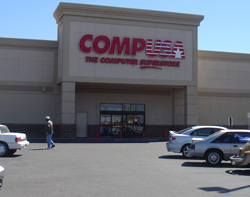 After Circuit City bit the dust earlier this year, you probably thought that Best Buy would pretty much be on its own in the electronics super-retailer category. Think again — an old name is making a comeback. CompUSA has now opened 30 locations — mostly in Florida — with a new outlook on retail.
After Circuit City bit the dust earlier this year, you probably thought that Best Buy would pretty much be on its own in the electronics super-retailer category. Think again — an old name is making a comeback. CompUSA has now opened 30 locations — mostly in Florida — with a new outlook on retail.
Company execs call their effort “Retail 2.0.” According to Wired, Systemax is bringing back the brand through stores with better lighting, more inviting stores, aggressive pricing and in-store web access. The web access is intended to allow customers comparison shop right from the store to ensure they’re getting the best price.
No doubt CompUSA is also using its connection through Systemax to Tiger Direct, its sister company, to help it be more competitive in this retail environment. Tiger has generally been competitive when it comes to price as well. In fact, whether you go to Tiger or the retail store, the prices on products will be the same.
CompUSA will not restrict the Internet either — so a user could just as easily jump on Amazon and see if they can get what they’re looking at cheaper there. It’s somewhat of a risk, but the company feels that it will give consumers more confidence and thus lead to a sale.
With Circuit City gone, if this concept works well it could be an opening for CompUSA to re-emerge as a competitor on a national level to Best Buy. It could also be a plus for consumers — Best Buy would not have free reign on setting prices.

 The history of technology journalists getting into the computer business isn’t full of success stories (remember
The history of technology journalists getting into the computer business isn’t full of success stories (remember 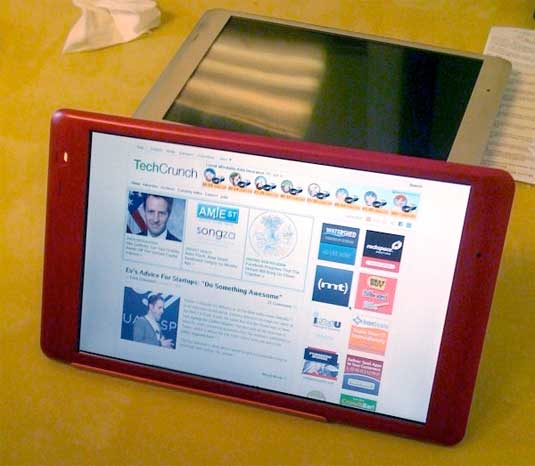
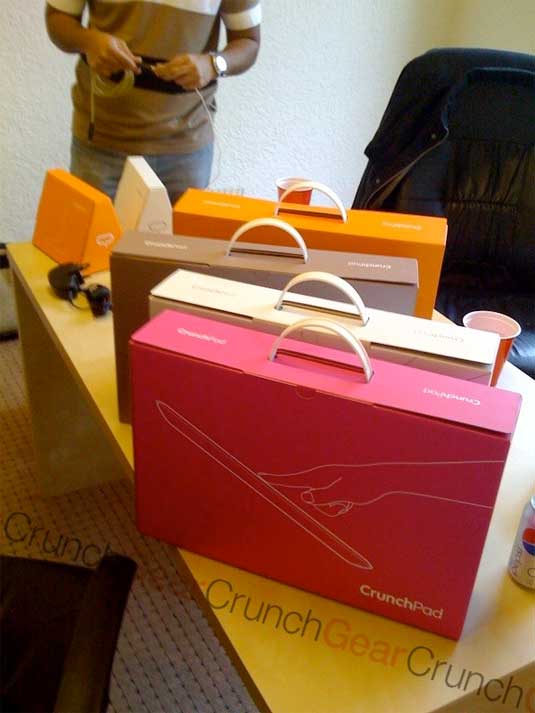

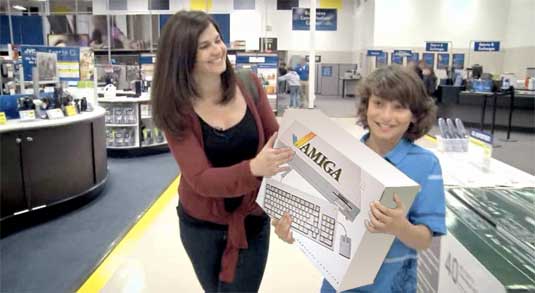
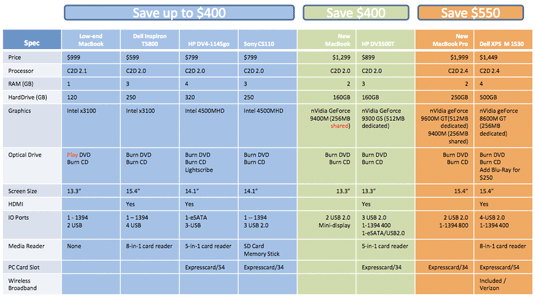
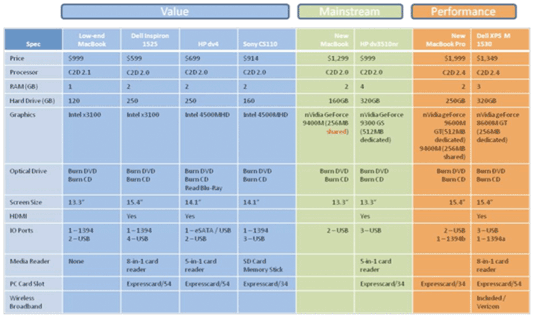
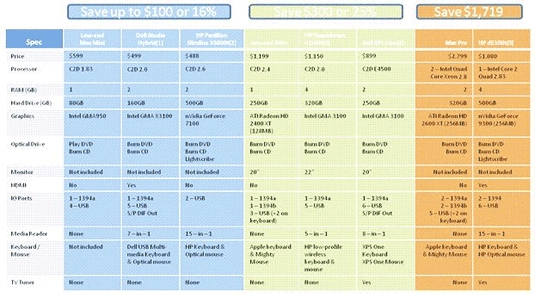
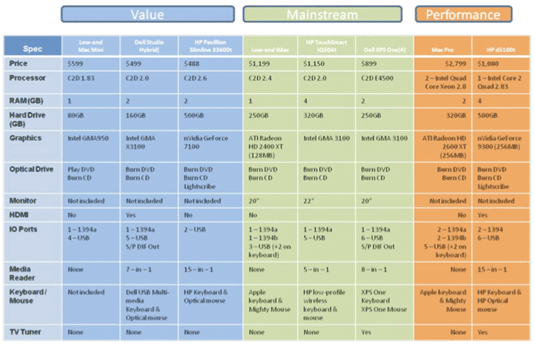
 [A NOTE FROM HARRY: Introducing a new Technologizer feature–T-Debates! In this inaugural one, Dave Worthington and I have at it about the value of Twitter–he’s doubtful it has much at all, while I’m a Twitter optimist. But we’re mainly doing this in hopes that you’ll continue the conversation in comments, whatever your stance.]
[A NOTE FROM HARRY: Introducing a new Technologizer feature–T-Debates! In this inaugural one, Dave Worthington and I have at it about the value of Twitter–he’s doubtful it has much at all, while I’m a Twitter optimist. But we’re mainly doing this in hopes that you’ll continue the conversation in comments, whatever your stance.] You might remember
You might remember